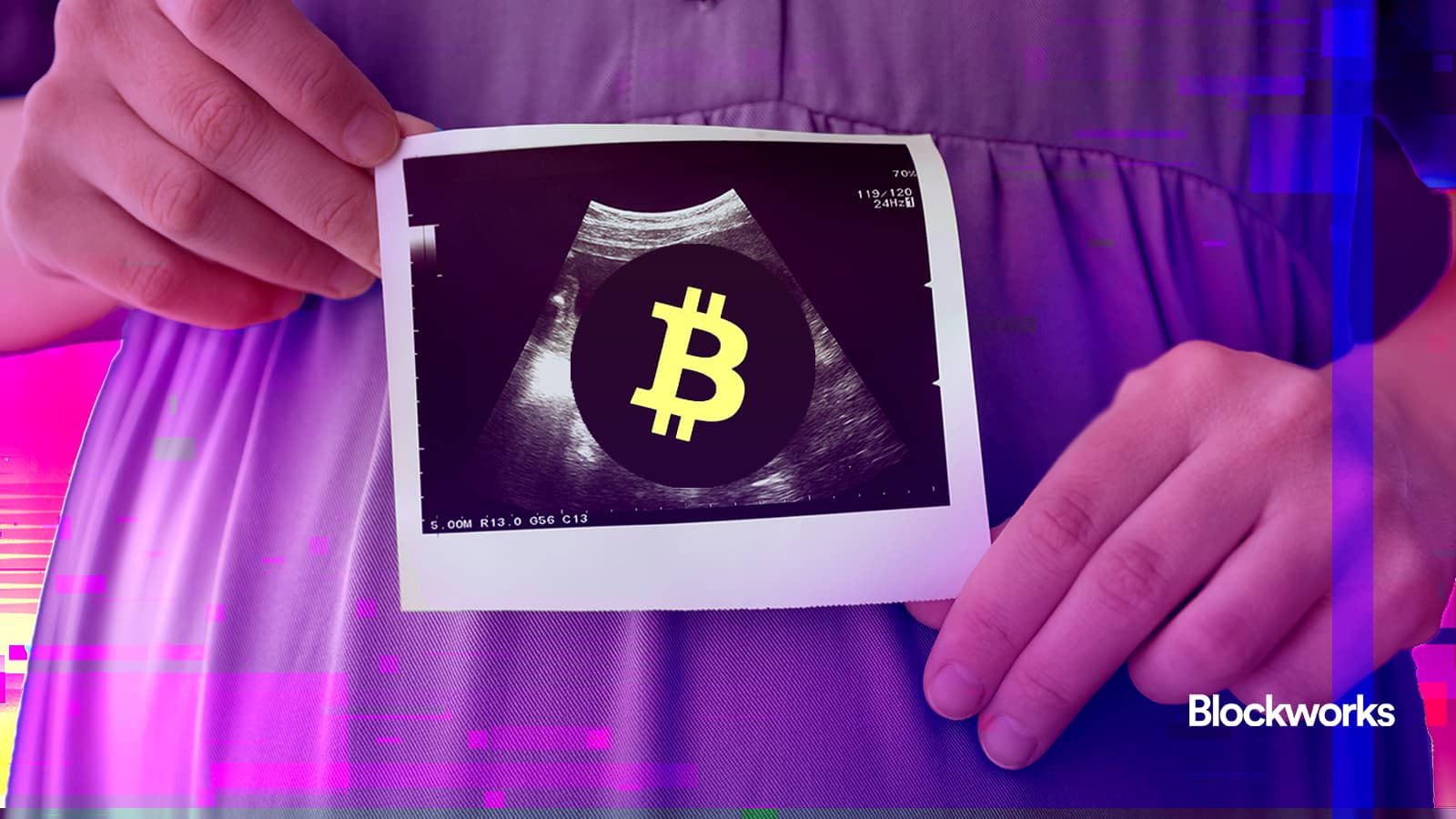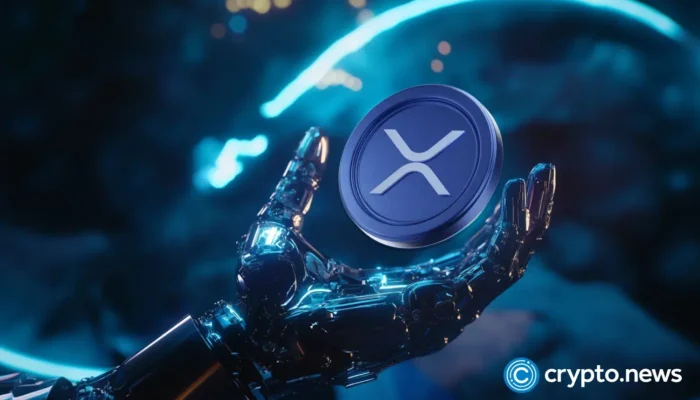This is a segment from the Supply Shock newsletter. To read full editions, subscribe.
Let’s say a “generation” is about 30 years. In that case, Bitcoin has just entered the second half of its first one.
Whether Bitcoin is on track to ubiquity faster than electricity really depends on your mental model of Bitcoin itself.
There’s no question that bitcoin is money. But anecdotally, few people want to spend it, lest they risk missing out on monumental future fortunes.
Of course, it wasn’t always this way. In February 2012 — almost two years after Laszlo’s pizzas — a fertility doctor named C. Terence Lee set about a personal and professional quest to onboard his patients to Bitcoin by accepting BTC for his services. He started with a “Bitcoin accepted here” sign in his window, and then a Reddit post.
“Jumping in to do my part to support the BTC economy. This may be a historic first?” Lee wrote in a post on the BitMarket subreddit, titled: “[WTS][USA] Male Fertility Evaluation.”
Lee was offering a 15-minute consultation to discuss fertility questions and a sperm analysis in exchange for 15 BTC, valued at $70 or so at the time. “Actual value over $100,” he wrote.
Within three months, he’d found a Bitcoin customer.
“The patient turned out not…so much having a burning desire to know about his fertility, but he was a Bitcoin enthusiast, and he liked the idea of participating in history, in this ritual ceremony of what could be perhaps the world’s first Bitcoin medical transaction,” Lee explained at a 2013 conference in San Jose.
“So we chatted about Bitcoin. He taught me a lot about mining. That’s how he acquired bitcoin. And we did a sperm test, and it turned out he had really good sperm…after it was done he sent me 15 bitcoins… “
From there, Lee experimented with various ways to attract customers to pay with bitcoin. He’d ask them directly if they’d heard of it, which produced mixed results.
“In some cases, when I brought up Bitcoin they stopped, and they looked at me like I was a telemarketer or used car salesman,” Lee said. “In some cases, when I explained the best that I could about what Bitcoin was, they even started reacting with suspicion or disapproval — as if I had suggested that I wanted to be paid in vials of crack cocaine or something like that.”
Lee changed up his strategy to only quiz his most trusted patients. There was one couple, who, on their fourth attempt at IVF, agreed to pay in bitcoin for a 50% discount, with Lee walking them through exchanging US dollars for bitcoin via CryptoXChange, a now-defunct exchange operating out of Australia.
The sperm stuck, leading CNN to reveal, on this day in 2013, “the world’s first Bitcoin baby” — a baby bought entirely with bitcoin. Thirty bitcoin to be exact, an amount then worth $500, or $3 million today.
Lee said in his presentation that multiple other patients paid in bitcoin following that milestone, resulting in more Bitcoin babies. We’ve reached out to his practice for more info about how it’s gone since then.
Still, with the way Bitcoin’s narratives have played out, it’s almost as if the efforts of early adopters like Lee worked too well, too quickly.
Using bitcoin as money today just isn’t as relevant to the uninitiated as buying and HODLing it. (Interestingly, the term “HODL” would be coined only six months following the announcement of the first Bitcoin baby.)
It’s not impossible for Bitcoin to go full circle and return to its money proposition once more. When it’s done with price discovery, perhaps, in another few generations.
Get the news in your inbox. Explore Blockworks newsletters:
- The Breakdown: Decoding crypto and the markets. Daily.
- Empire: Crypto news and analysis to start your day.
- Forward Guidance: The intersection of crypto, macro and policy.
- 0xResearch: Alpha directly in your inbox.
- Lightspeed: All things Solana.
- The Drop: Apps, games, memes and more.
- Supply Shock: Bitcoin, bitcoin, bitcoin.




